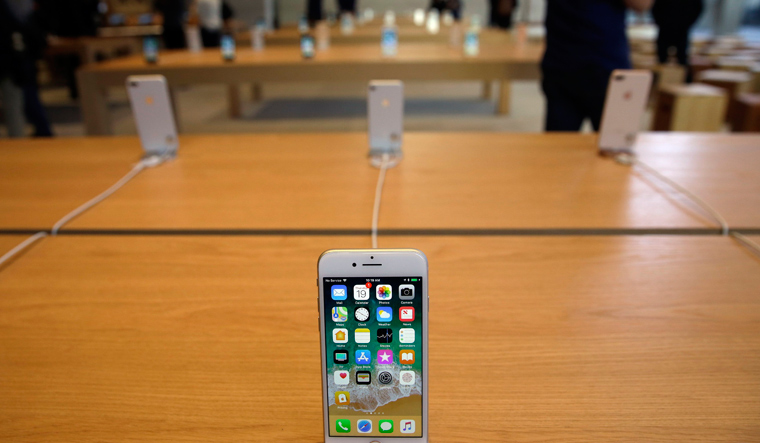If ongoing rumours in the tech world are true, Apple may be about to kill off the popular music client iTunes, which turned of age in 2019 with 18 years of legacy behind it.
In the run-up to the Apple World Wide Developers Conference 2019 (WWDC), Bloomberg reports that Apple would be splitting up iTunes into standalone platforms for music, TV, and podcasts.
If true, the move would pave the way for the company to be seen as an entertainment service provider, a provider of streams for music, television and podcasts rather than just a hub for the same. Apple Music, the company’s answer to Spotify, will likely replace iTunes as the default music player of most Apple devices.
There are already signs that the company plans to move on from its iconic app: Apple blogger @stroughtonsmith reported that links to the domain itunes.apple.com have started redirecting to music.apple.com.
I haven’t seen it reported elsewhere, but as of last weekend all https://t.co/tCyWJ9I1D3 links redirect to https://t.co/c1nzdCWhSp — a likely indicator that the brand is done (the app will be fine for those of us who need it.)
— Craig Hockenberry (@chockenberry) June 2, 2019
Meanwhile, 9to5Mac shared screenshots of what the new Music, TV and Podcast apps would look like — showing a new, more-colourful design language on the sidebar icons.
The history of iTunes: Steve Jobs first keynote launching the software
iTunes began life as ‘Soundjam MP’, a third-party Mac-compatible MP3 player that was released in 1998. Two years later, Apple purchased the rights to the software, re-engineering it to form iTunes. Soundjam shut down the same year that iTunes launched — 2001.
Steve Jobs introduced iTunes at MacWorld SF on January 10, 2001. Describing an ongoing “music revolution,” he went on to compare the existing music players at the time: Real Jukebox, Windows Media Player, and an HP music player. Then, he highlighted music ripping to MP3 as the main feature of his new app. “What do you wanna do? You want to rip your audio CDs onto your computer disk,” Jobs characteristically asked the audience in his down-to-earth style.
As free software, iTunes had a leg-up over paid-programs that ripped and burned music. But it was also its uncluttered interface that made it a hit among users. As Steve Jobs explained, “It allows you to have libraries of music, it allows you to rip CDs, it allows you create playlists, and it allows you to burn CDs all in one integrated application.”
Initially, iTunes was only compatible with Mac devices. The iPod released after iTunes, with support for it added only in the second software version.
iTunes has since been through 12 software versions, adding movies compatibility, podcasts, radio streaming, social network services and a plethora of other features. The iTunes store launched in 2003, then the only legal catalogue to feature five major record labels.
iTunes also played a key role for the first few generations of iPhone users, as until 2011, it was the only software through which iPhone and iOS-devide users could update their software.
As features mounted over time, more and more users complained that the app had grown too bloated grew. More significantly, streaming music grew more popular than downloading it, leading to the rise of services like Spotify. As interest in iTunes waned, interest in Spotify grew.
Where to watch WWDC19, when it happens, and what to expect
This year’s WWDC will begin at 10pm Pacific Time (10:30pm in India). Taking place at the McEnery Convention Center in San Jose, it is expected to showcase a new software approach for Apple, as the company introduces iOS 13, MacOS 10.15, WatchOS 6: software updates for its mobile devices, laptops and computers, and smartwatches respectively.
The WWDC will have more to interest developers as Apple promises a more unified app ecosystem in its devices. You can watch the livestream at the Apple Special Events page, which will update once the conference begins.


